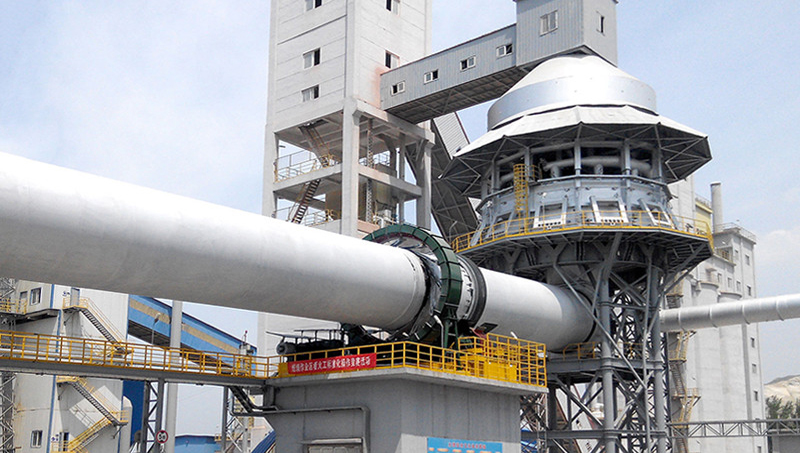The Zhongya Ceramsite Rotary Kiln Production Line is an industrial system specifically designed for manufacturing clay granules (artificial lightweight aggregate).

The Zhongya Ceramsite Rotary Kiln Production Line serves to manufacture clay granules (artificial lightweight aggregate), functioning as a specialized industrial system. The core principle of the Zhongya Ceramsite Rotary Kiln Production Line involves utilising a rotary kiln—a high-temperature calcination apparatus—to transform raw materials such as various clays, shales, fly ash, sludge, and tailings. The production process converts these materials, through a series of steps including preheating, calcination, and cooling, into spherical or elliptical clay granule products that feature a porous structure, lightweight properties, and high strength.
1.Crushing:
Mined bauxite typically measures 300–500mm in size and contains minimal moisture. A two-stage crushing system comprising jaw crushers and hammer crushers is generally employed to reduce particle size to ≤8mm.
2.Batching:
The process transfers bauxite, manganese powder, and recycled materials to their respective storage silos. Variable-speed belt scales beneath the silos enable automatic batching and metering of materials.
3.Grinding:
The process typically employs a ball mill with integrated drying and grinding functions, pairing it with a high-efficiency classifier to form a closed-circuit system. This configuration ensures high grinding efficiency.
4.Pelletising:
The process stores the raw material powder discharged from the mill in a raw material silo. The powder enters a disc pelletiser, with a pipeline pump spraying water into the disc. As the pelletiser rotates, the process generates pellets of various particle sizes. After exiting the disc, a belt conveyor transports the pellets to a screening device. Qualified pellets enter the rotary kiln, while oversized pellets are returned to the raw material grinding process.
5.Calcination:
The pellets enter a rotary kiln with a specific inclination for calcination. As the kiln rotates, the pellets roll towards the kiln head. The kiln transforms them into high-strength ceramic granules through calcination.
6.Product Cooling:
Expanded clay aggregate typically goes through a rotary cooler for cooling, which operates simply and reliably. The system fully introduces the cooler's secondary air into the kiln. Combined with the use of multi-channel burners, this significantly reduces energy consumption.
7.Screening:
Expanded clay aggregate exiting the cooler can be directly conveyed to multi-stage vibrating screens, where it is graded into multiple particle size fractions according to requirements.
 whatsApp
whatsApp